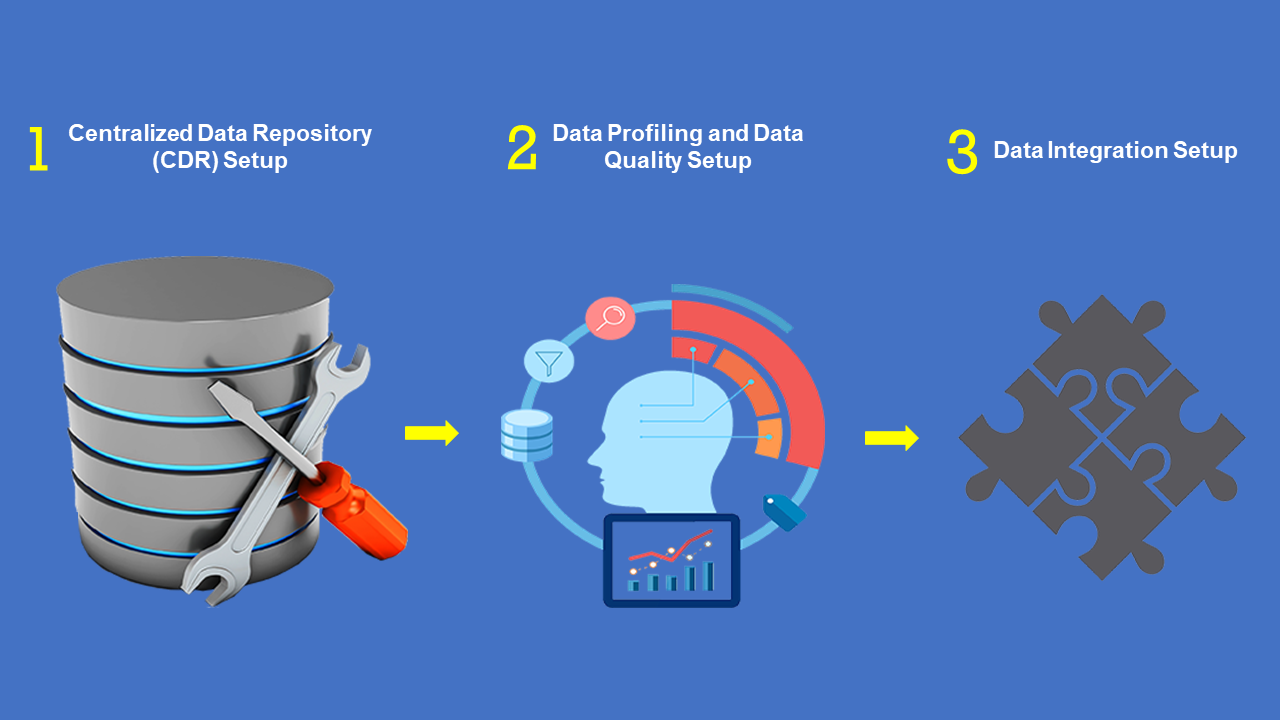Asset managers make critical data-driven decisions on every business day, unlike other industries where such decisions are made relatively less frequently.
In the case of asset management firms, when there is a change in the rating of a security, it has greater implications on its price, which requires the attention of the asset managers. This is one such example reflecting the criticality of data in asset management firms from the day-to-day operations perspective.
In our experience, serving asset management firms, we have come across many such scenarios, including monitoring and maintenance of percentage of asset allocation in portfolios, clients’ investment preferences, benchmarking performance, tracking corporate actions, maturity of bonds, expiry of futures and options, calculation of NAVs, abnormal dynamics in the price of securities, etc. All these scenarios demand instant monitoring and notifications, and timely decisions from the asset managers.
Managing these manually in a spreadsheet is quite easy when managing money from a small number of clients, and with limited focus on industry, asset type, and specific securities (by manually monitoring the dynamics in their attributes). Even in this scenario, the asset managers are not relieved of watching for compliance updates, and making changes to their spreadsheet data models accordingly, to calculate or capture new data points (if any) and meet clients’ reporting demands.
Manual processing might lead to inaccurate data entries while adding to turnaround time. On the other hand, compliance submissions with errors might invite penalties. The satisfaction rate of clients could deteriorate when the reports are not on time or have inaccurate data. So, the final observation is data management is mandatory for asset management firms.
This blog post is to help asset management firms setup data management initiatives much faster, in a three-step approach, namely:

UBTI, with the experience of serving many asset management firms in the past two decades, has built a repository of reusable templates for all the above steps, and helps firms’ setup, implement, and maintain their data management initiatives much quicker and cost-efficiently.

